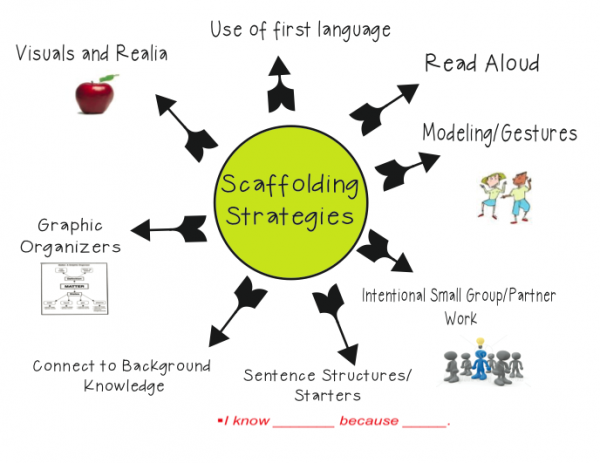Trends in Writing- Additional ways to Scaffold students writing (Entry 2)
Recently, it was so amusing how I was able to be introduced to additional ways to scaffold students writing. This is geared at ensuring that there are multiple opportunities for students to not only engage in writing but also to help them to develop good writing habits. As an educator, it is always good to ensure that you can cater to the needs of all your learners, and what better way to do that than to use many different strategies to ensure that this happens. Now I can proudly speak about the additional ten scaffolding strategies that are now added to my list.
First and foremost, one interesting way for teachers to engage their students in writing is to use oral writing. Some students may struggle with writing but once they can speak about what they are going to write it helps a lot. To further test this theory, I tried using this strategy with my daughter. She had been recently given the topic of "How to prepare for a storm" and orally stating what she wants to write helped her to organize her thoughts structurally. This can also be done with a whole class when students are beginning writers.
There is also frame writing. The teacher can set the tone for which students should write by outlining how students should begin writing with certain keywords. With frame writing, the teacher considers what students are ready for and this also helps to support students writing. This can be done independently or as a whole class. This can add to the gradual release of responsibility strategies where once the teacher model good writing and provide assistance to students on how to create a good piece of writing, students can then be able to work independently.
Some other strategies are the use of visuals and realia which would be an excellent strategy for students to use when they are creating descriptive pieces. Students can also benefit from using graphic organizers to help sequentially organize their writing. There is also connect to background knowledge. For instance, if students are writing about a particular animal such as dogs, they can use their preexisting knowledge about dogs in their piece of writing.
To add to the list of scaffolding strategies, there is also read-aloud. Read-aloud is so beneficial to children as it pertains to writing. It helps students to get a real idea of how a piece of writing should be done. This would help them to become better writers. Sentence structure and starters are the requirements for a sentence to be structured correctly and it's a beginning phase that students can start from when they are first starting out as writers.
Now it is easy to say that these strategies will not only be beneficial to me as a teacher but more so to my students who are aspiring to become excellent writers. The only suggestion I would recommend is for myself along with my colleagues to get pointers on how to correctly critique students' pieces of writing.

This post was very informative. I loved how you incorporated the video as well as the image to go with the main topic of the lesson.Your recommendation seems very attainable. I would implement a learning conference where teachers would be taught on how to critique a child's writing the correct way.
ReplyDeleteI believe these are the ingredients to season the pot of great writing. There are numerous scaffolding strategies we can use in teaching writing. However, use the ones that work best with your group of students and focus on practicing those strategies on a regular basis. Not saying to forget the others, but see which ones are more effective.
ReplyDelete